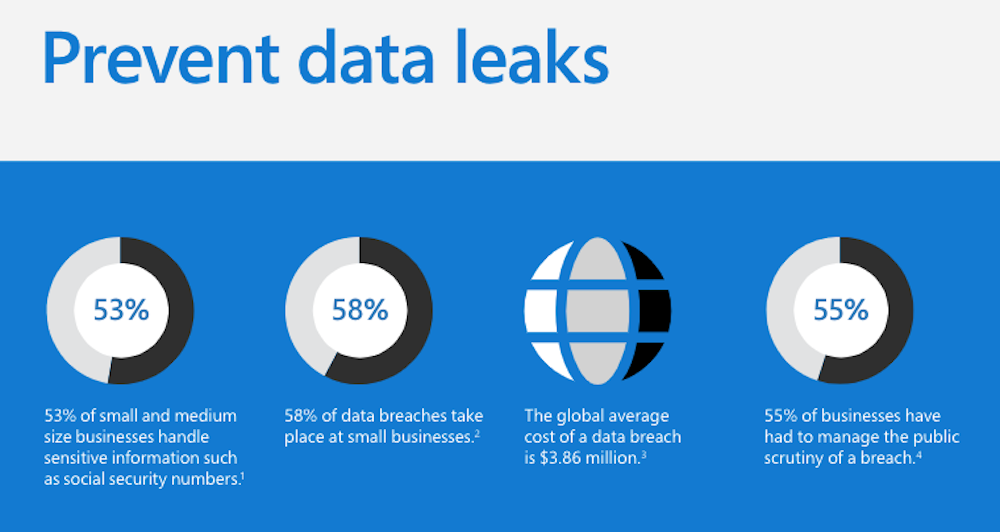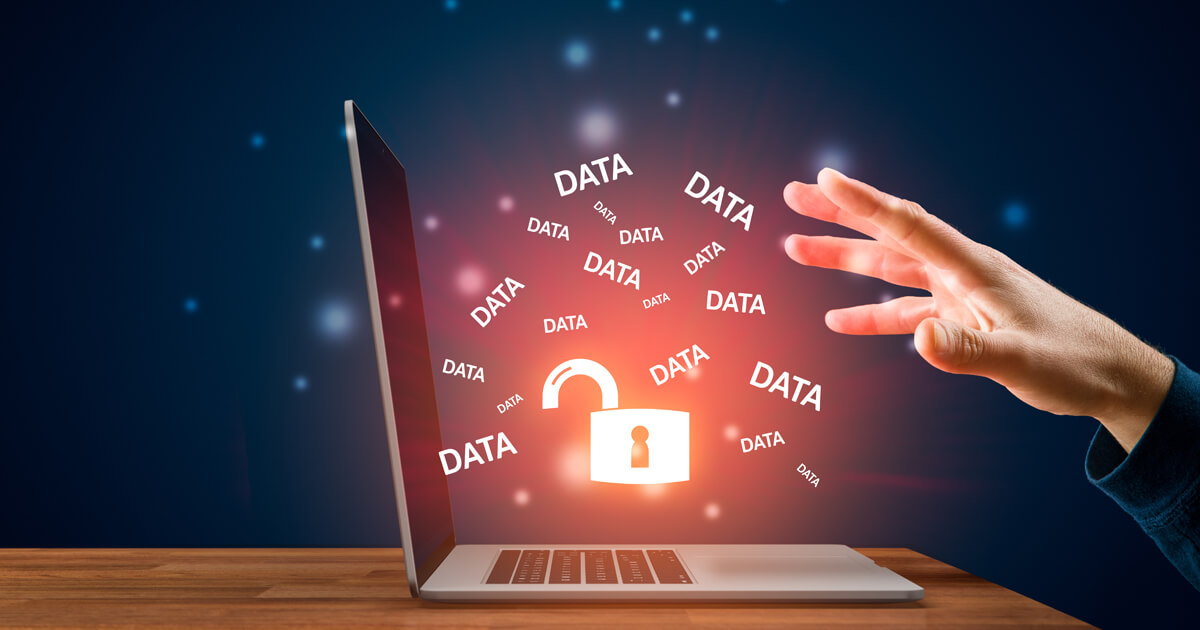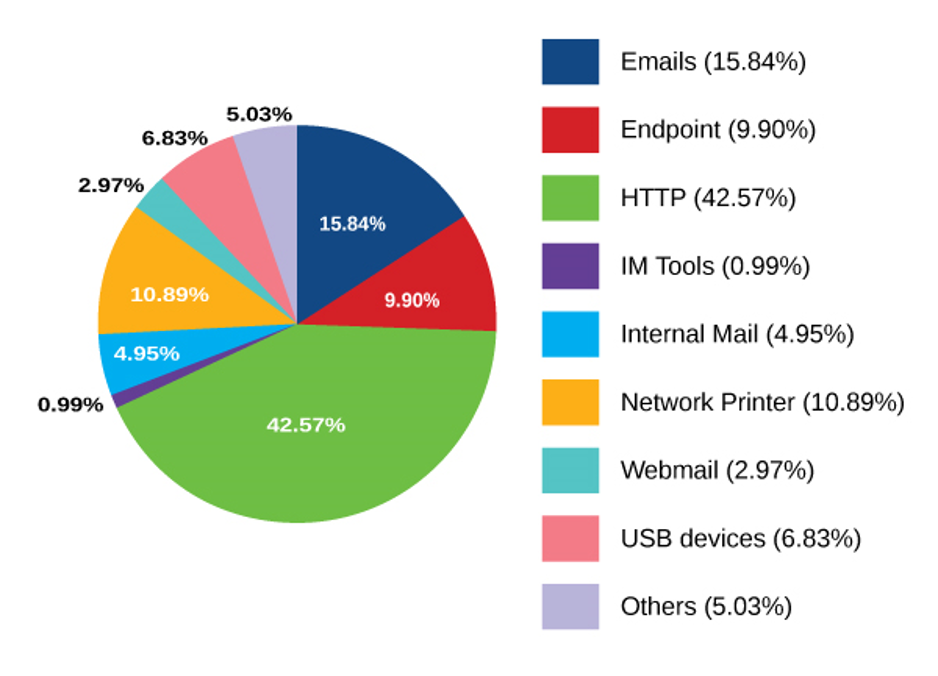You’ve probably heard about data leaks, right? They’re like those embarrassing moments when you accidentally spill your deepest secrets in front of a crowd. But instead of people, it’s hackers and cybercriminals who are listening in. And instead of secrets, it’s your personal information, passwords, and credit card details that get exposed. Welcome to the world of data leaks, where oxleakcom has become a name that’s making waves. Whether you’re worried about your online privacy or just curious about what all the fuss is about, this guide is here to break it down for you.
Data leaks have been a growing concern for individuals and businesses alike. With oxleakcom gaining traction as a platform that highlights these breaches, it’s important to understand what it means for your digital life. In this article, we’ll dive deep into the nitty-gritty of data leaks, how they happen, and what you can do to protect yourself.
Now, before we get into the thick of things, let me ask you a question: How safe do you feel when you’re online? Do you ever wonder if your personal information is floating around somewhere in cyberspace? If you’re nodding your head, you’re in the right place. Let’s explore the ultimate guide to data leaks and online privacy.
Read also:Narvel Blackstocks New Wife The Untold Love Story
What is Oxleakcom and Why Should You Care?
Alright, let’s start with the basics. Oxleakcom is more than just a website; it’s a platform that sheds light on data breaches and leaks. Think of it as a digital whistleblower that exposes the dark side of the internet. But why should you care? Well, because your information could be out there, and you might not even know it.
Data breaches happen more often than you think. From big corporations to small businesses, no one is immune. And when your data gets leaked, it can lead to all sorts of problems, from identity theft to financial fraud. Oxleakcom helps you stay informed and take control of your online presence.
How Does Oxleakcom Work?
Here’s the deal: Oxleakcom aggregates data from various sources to provide a comprehensive view of data breaches. It’s like a digital detective that scours the internet for leaked information and presents it in an easy-to-understand format. The platform allows users to search for their email addresses and other personal details to see if they’ve been compromised.
So, how does it work? Think of it as a database of breaches. When a company gets hacked, the stolen data often ends up on the dark web. Oxleakcom monitors these sources and adds the information to its database. You can then check if your data is part of any known breaches.
The Anatomy of a Data Leak
Data leaks are like digital hurricanes. They start small, maybe with a weak password or a poorly secured server, and then they spiral out of control. Understanding how they happen is the first step in protecting yourself.
- Weak Passwords: Yeah, we’ve all been guilty of using "123456" or "password" at some point. But weak passwords are a hacker’s dream come true.
- Phishing Attacks: These are like digital con artists. They trick you into giving away your information by pretending to be someone you trust.
- Unpatched Software: Think of software updates as digital bandaids. If you don’t apply them, you’re leaving yourself vulnerable to attacks.
- Insider Threats: Sometimes, the enemy is closer than you think. Employees or contractors with malicious intent can leak data from within an organization.
Common Causes of Data Leaks
Let’s break it down further. Here are some of the most common causes of data leaks:
Read also:Jesmine Sherni A Rising Star In The Spotlight
- Human Error: Yep, we’re all fallible. Mistakes like sending an email to the wrong person or leaving a laptop unattended can lead to data breaches.
- Malware: These nasty little programs can infiltrate your system and steal your data without you even realizing it.
- Third-Party Vendors: When you trust your data to a third-party vendor, you’re also trusting their security measures. And sometimes, those measures aren’t up to scratch.
Why Online Privacy Matters
Now, let’s talk about online privacy. It’s not just about keeping your data safe; it’s about maintaining your digital identity. In today’s digital age, your online presence is almost as important as your offline one. And when that presence is compromised, it can have serious consequences.
Think about it. Your personal information, from your email address to your social security number, is valuable. Hackers can use it to open credit accounts, apply for loans, or even impersonate you. That’s why protecting your online privacy is crucial.
Steps to Protect Your Online Privacy
Here’s how you can take control of your online privacy:
- Use Strong Passwords: Ditch the "123456" and opt for something more secure. Consider using a password manager to keep track of all your complex passwords.
- Enable Two-Factor Authentication: This adds an extra layer of security to your accounts. Even if someone gets your password, they won’t be able to access your account without the second factor.
- Be Wary of Phishing Attempts: If you receive an email or message that seems suspicious, don’t click on any links or provide any information.
The Impact of Data Leaks on Individuals
Data leaks can have a devastating impact on individuals. Imagine waking up one day to find that your bank account has been drained or your identity has been stolen. It’s not just inconvenient; it’s life-altering.
Financial loss is one of the most immediate consequences of a data leak. When your credit card information gets leaked, it can lead to unauthorized transactions. And recovering from that can be a long and painful process.
Emotional and Psychological Effects
But it’s not just about money. Data leaks can also have emotional and psychological effects. The feeling of being violated, of having your personal information exposed without your consent, can be overwhelming. It can lead to anxiety, stress, and even depression.
The Role of Companies in Preventing Data Leaks
Companies have a responsibility to protect their customers’ data. But unfortunately, not all of them take that responsibility seriously. Some prioritize profit over security, leaving their customers vulnerable to breaches.
So, what can companies do to prevent data leaks? For starters, they can invest in robust security measures. This includes regular security audits, employee training, and keeping software up to date. Companies should also be transparent about breaches when they happen, informing their customers and taking steps to mitigate the damage.
Best Practices for Companies
Here are some best practices that companies can adopt:
- Implement Data Encryption: Encrypting sensitive data makes it harder for hackers to access and use it.
- Conduct Regular Security Audits: Regular audits can help identify vulnerabilities before they’re exploited.
- Train Employees: Employees are often the weakest link in the security chain. Training them to recognize and avoid potential threats can go a long way in preventing breaches.
The Future of Online Privacy
As technology continues to evolve, so too does the landscape of online privacy. New threats emerge, but so do new solutions. The future of online privacy lies in a combination of technology, policy, and individual responsibility.
Emerging technologies like blockchain and artificial intelligence offer promising solutions for enhancing online privacy. But they also pose new challenges that need to be addressed. Policymakers have a crucial role to play in ensuring that privacy laws keep pace with technological advancements.
Trends to Watch
Here are some trends to keep an eye on:
- Increased Use of Biometrics: Biometric authentication, like fingerprint scanning and facial recognition, is becoming more common. It offers a more secure way of verifying identity.
- Privacy-Enhancing Technologies: Technologies that enhance privacy, like end-to-end encryption and virtual private networks (VPNs), are gaining popularity.
- Stricter Privacy Regulations: Governments around the world are implementing stricter privacy regulations, like the General Data Protection Regulation (GDPR) in Europe.
Conclusion: Taking Control of Your Online Privacy
So, there you have it. The ultimate guide to data leaks and online privacy. Oxleakcom has brought the issue of data breaches to the forefront, highlighting the importance of protecting your personal information. By understanding how data leaks happen and taking steps to protect yourself, you can take control of your online presence.
Remember, your online privacy is in your hands. Use strong passwords, enable two-factor authentication, and be wary of phishing attempts. And if you suspect that your data has been compromised, don’t hesitate to take action. Check platforms like oxleakcom to see if your information is part of any known breaches.
Now, it’s your turn. Share this article with your friends and family, and let’s work together to create a safer digital world. Because when it comes to online privacy, knowledge truly is power.
Table of Contents


